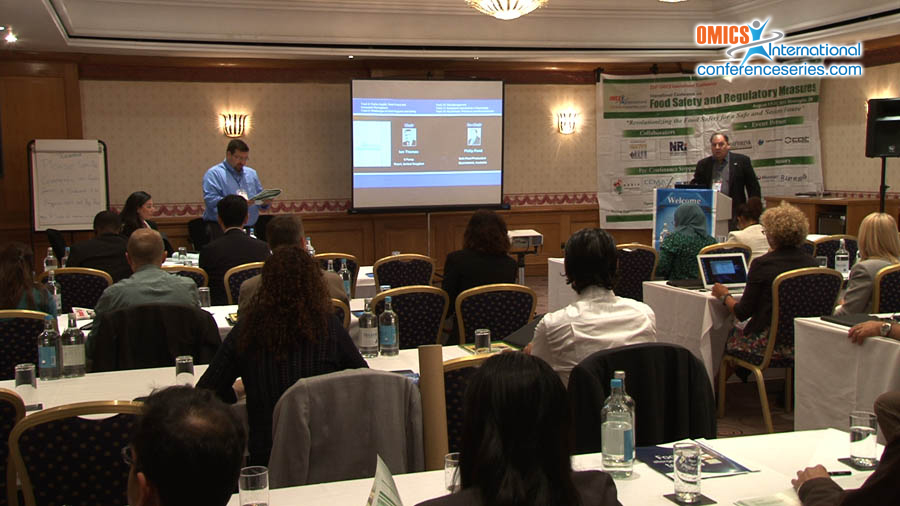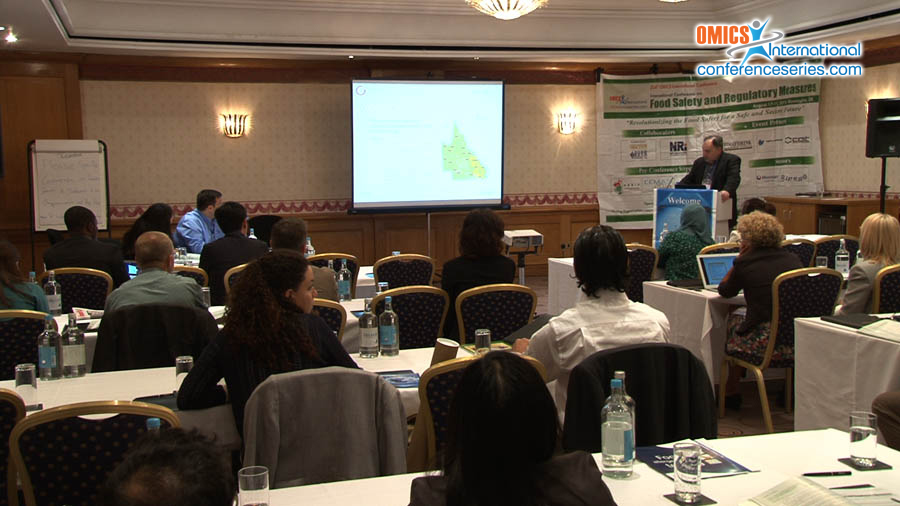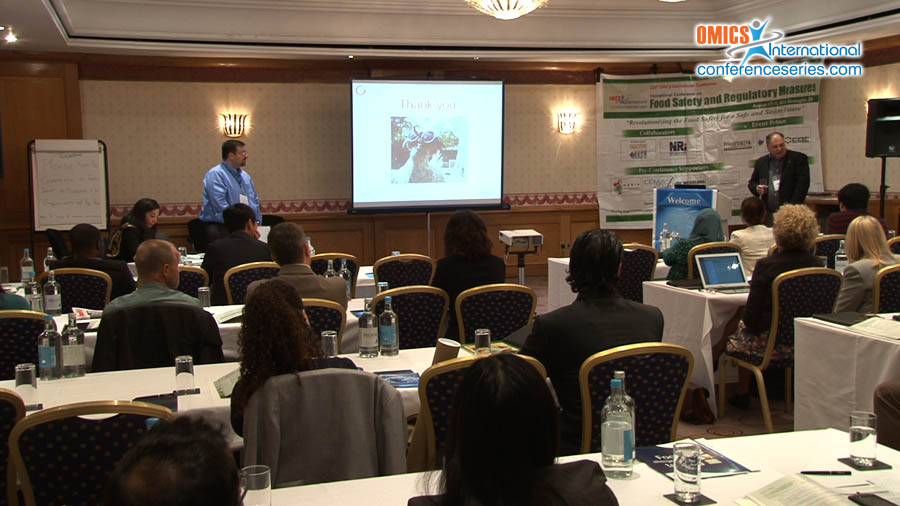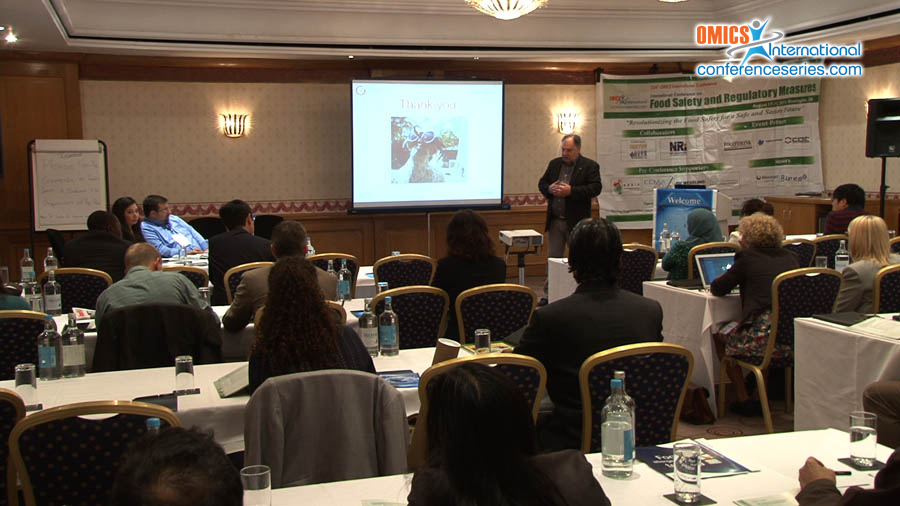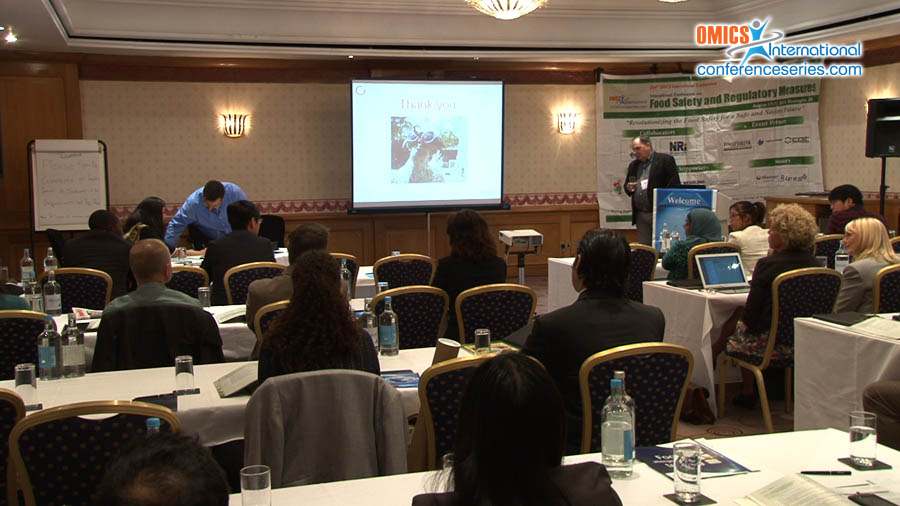
Philip Pond
Safe Food Production Queensland
Australia
Title: Birds, bacteria and baselines: Managing campylobacter through-chain to improve public health outcomes
Biography
Biography: Philip Pond
Abstract
Introduction
Salmonellosis and campylobacteriosis represent the two most numerically significant gastrointestinal conditions observed in Queensland, Australia. There have been increasing rates of infection involving these pathogens observed on a local and national scale, with notification rates more than doubling since 1993. This trend has also been reflected internationally, with significantly high rates of Campylobacter being previously reported in the European Union, the United Kingdom and the United States. Hypothesis
Although it is generally accepted that there is a high level of consumer awareness regarding the need to thoroughly cook chicken prior to consumption, following a significant spike in the number of reported campylobacteriosis cases in North Queensland in 2011 a hypothesis was proposed that the rise in cases was emanating from the ineffective management of control barriers in place in poultry meat processing facilities. This in turn resulted in poultry meat with a higher bacterial load being supplied to the market, increasing the risks associated with mishandling, undercooking and cross-contamination.
Data collection and analysis
Safe Food Production Queensland (SFPQ) initially developed a poultry meat supply chain map which resulted in the identification of one processor as the potential contributor to the rise in campylobacteriosis cases. With the cooperation of the processor SFPQ undertook a process to evaluate the effectiveness of the food safety measures currently in operation. As a component of this evaluation, SFPQ committed to undertake a systematic scientific and technical assessment of the chicken meat industry production and processing chain.
At this stage, the hypothesis was refined – to propose that intensive and active monitoring of critical processes at four separate verification points would provide an effectual series of “barriers” able to verify control measures taken through the chain, as opposed to relying upon periodic monitoring, process mechanisation and end-point assessment as was previously the case. When this was applied at the processing facility levels of campylobacter and salmonella on final product which were sampled over a period of time were found to have significantly reduced.
Primarily, this examination delivered an industry baseline that identified and documented critical control points through this chain, in order to provide an opportunity to efficiently control pathogens associated with poultry meat. Following this work SFPQ formed a working-group partnership with accredited poultry meat processors to regularly consult on baseline development, report on assessment results and agree on on-going industry targets and protocols for the assessment of compliance into the future.
To examine the effectiveness of the developed baseline, a study was conducted in all large- and medium-scale poultry processing facilities in the state of Queensland, representing more than 95% of chicken meat produced in the state. Samples were collected on two occasions from four specific points along the processing chain, reflecting the identified critical monitoring and control points to assess process control measures over time during the implementation period.
Conclusion
Epidemiological data gathered prior to the initiation of the baseline and associated study, as reported by the public health sector, indicated that a steadily increasing rate of campylobacteriosis was appearing in Queensland. After the first sampling period was completed and the results of this testing along with the implementation of the baseline was undertaken by processors, substantial improvements in the mean reduction of Campylobacter were observed. As a result, despite the industry target for Campylobacter on final product carcases being exceeded, public health data indicated a significant reduction in the number of campylobacteriosis notifications received.
SFPQ analysis and work with the poultry industry has since been expanded to include all thirteen poultry processors. An independent economic analysis of the new methodology was finalised in 2014 by Synergies Economic Consulting. The report models the costs and benefits of the implementation of the methodology over a ten year period – from 2012 to 2021. The modelling estimates that the benefits from the reduction in cases of Campylobacter will provide a present value benefit of $70.7 million. When costs are factored into the modelling the net benefit to the community is expected to be $40.7 million over 10 years.
Speaker Presentations
Speaker PDFs
Speaker PPTs Click Here

